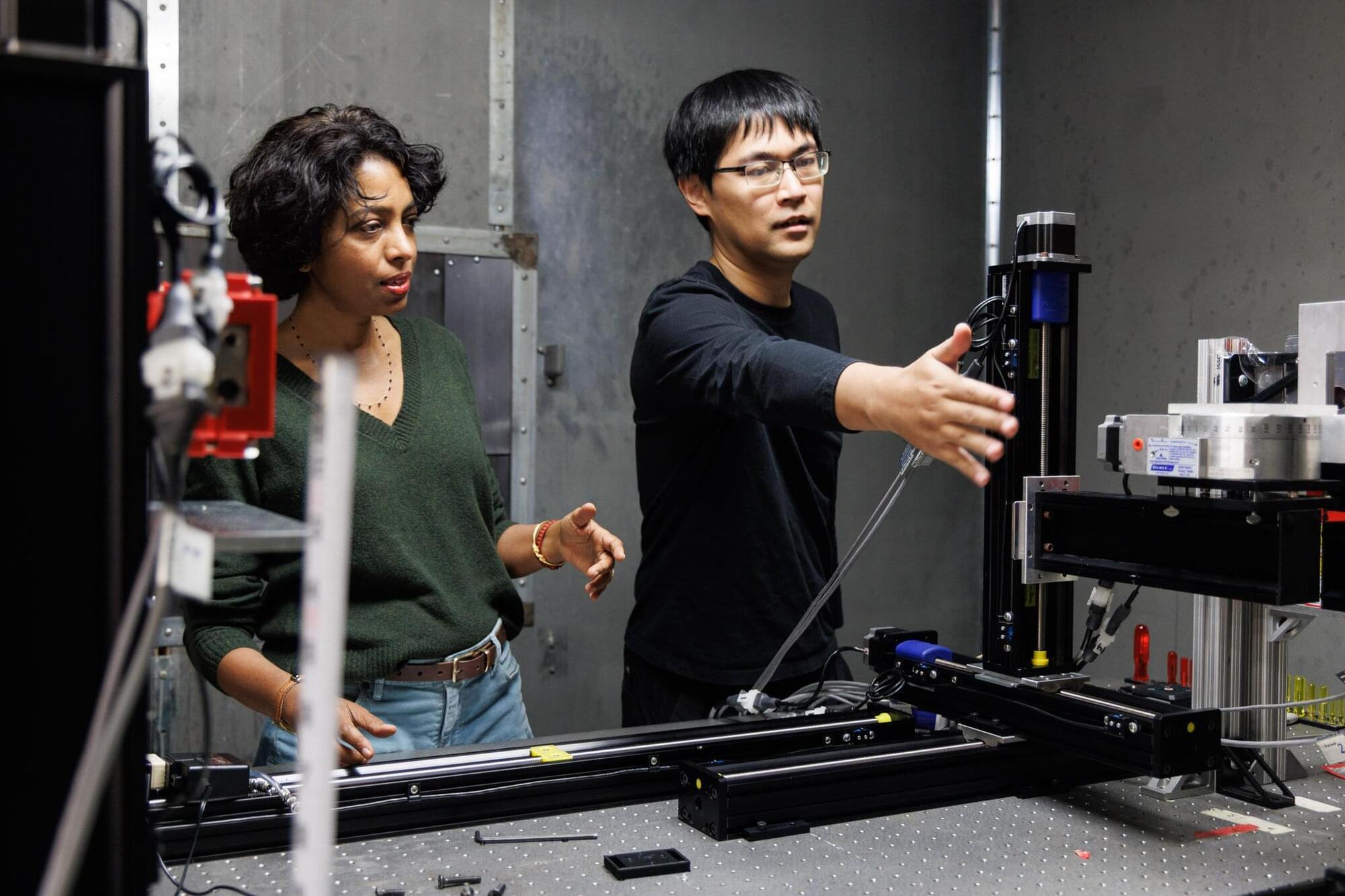Antimicrobial resistance (AMR) is already a leading cause of death globally, higher than HIV/AIDS or malaria. What novel approaches are needed to accelerate effective action on AMR?


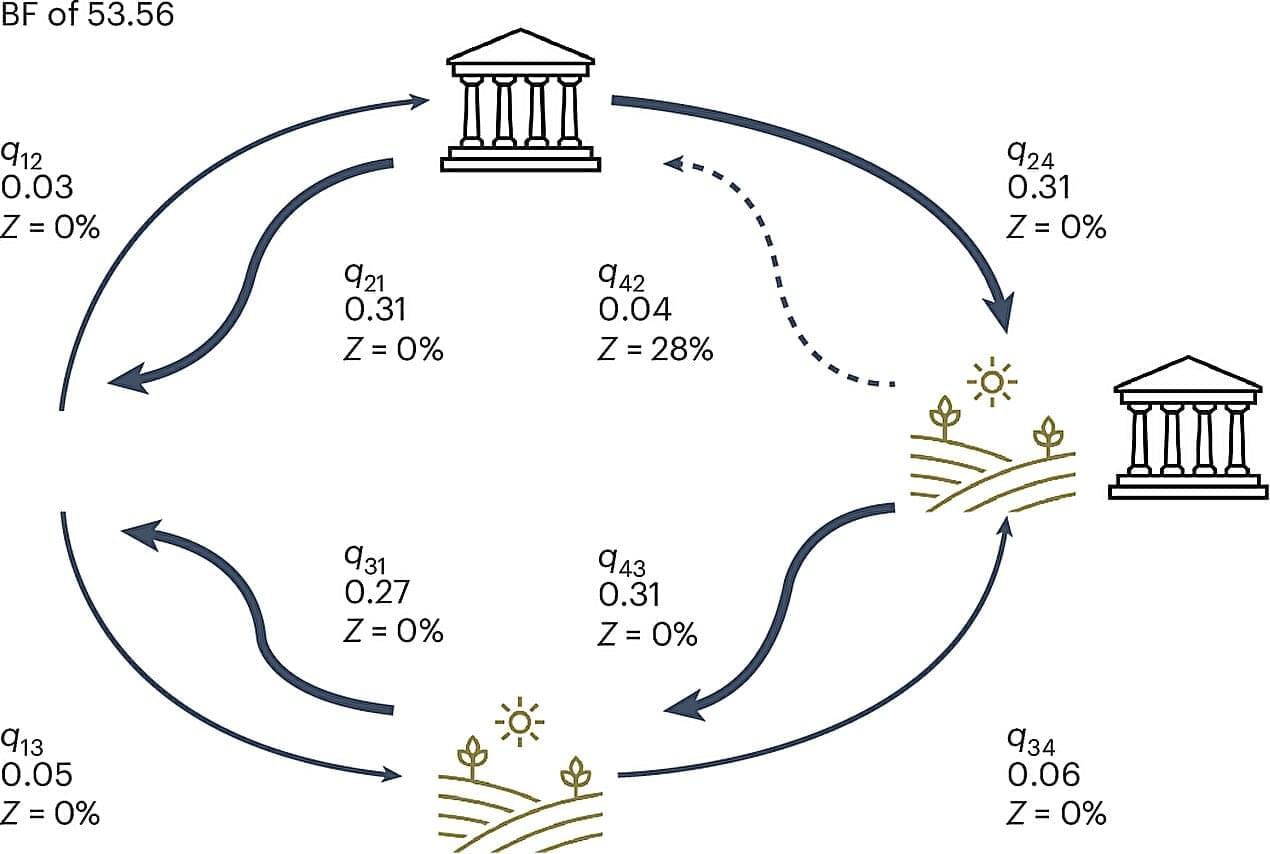
Globalization, migration, climate change and war—nation states are currently under huge pressure on many fronts. Understanding the forces that initially drove the emergence of states across the world may help explain why.
For a long time after humans evolved, we lived in oral-based, mostly small-scale and egalitarian societies. Things began to change with the dawn of the Holocene, when a suite of climatic, social and technological shifts led to the emergence of the first states about 5,000 years ago.
The earliest known state was in Mesopotamia (now southern Iraq), followed by Egypt, the Indus Valley, China and Meso-America. The long-standing view was that the invention of agriculture was the spur for these large-scale human societies to emerge. But there was a 4,000-year gap between the expansion of agriculture (circa 9,000 years ago) and the founding of the earliest states, which throws this link into question.

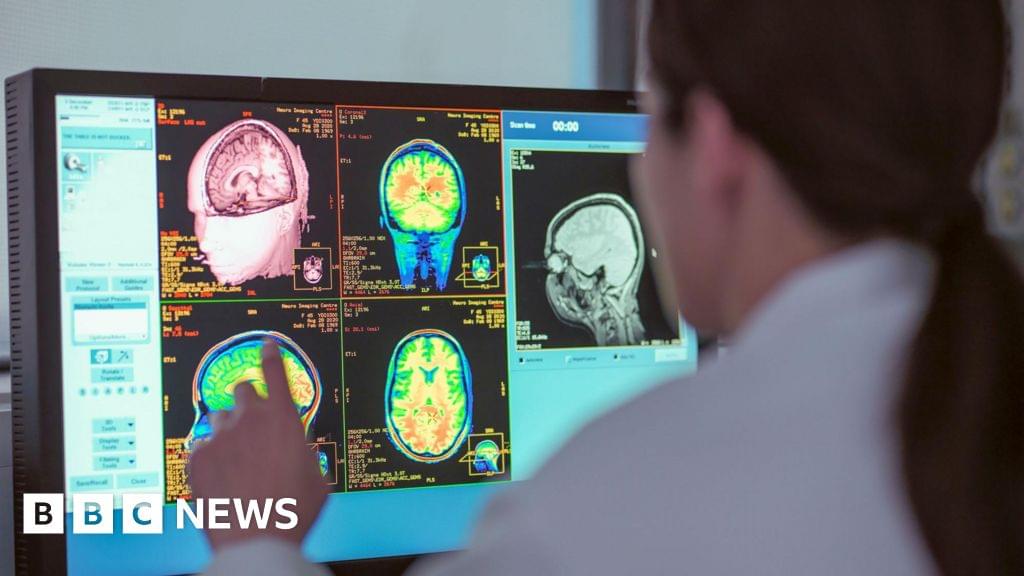
00:00:00 – Explaining model jaggedness
00:09:39 — Emotions and value functions
00:18:49 – What are we scaling?
00:25:13 – Why humans generalize better than models
00:35:45 – Straight-shotting superintelligence
00:46:47 – SSI’s model will learn from deployment
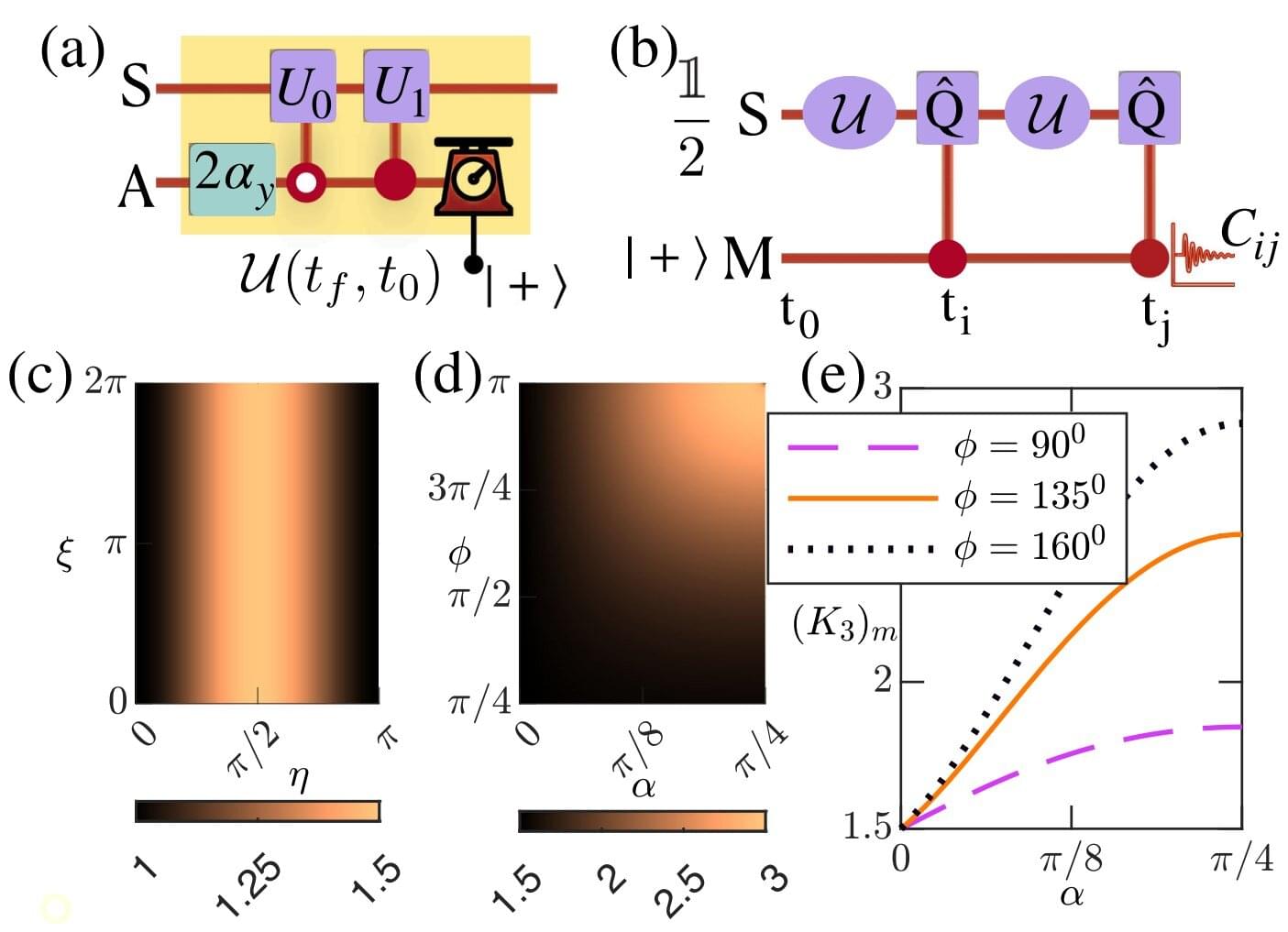
The quantum world is famously weird—a single particle can be in two places at once, its properties are undefined until they are measured, and the very act of measuring a quantum system changes everything. But according to new research published in Physical Review Letters, the quantum world is even stranger than previously thought.
What happens at the quantum level is in stark contrast to the classical world (what we see every day), where objects have definite properties whether or not we look at them, and observing them doesn’t change their nature. To see whether any system is behaving classically, scientists use a mathematical test called the Leggett-Garg inequality (LGI). Classical systems always obey the LGI limit while quantum systems violate it, proving they are non-classical.

A paper published in Biology Methods and Protocols, finds that it is now possible to distinguish wild from farmed salmon using deep learning, potentially greatly improving strategies for environmental protection. The paper is titled “Identifying escaped farmed salmon from fish scales using deep learning.”
Norway is home to the largest remaining wild populations of wild salmon and is also one of the largest producers of farmed salmon. Atlantic salmon abundance in Norway has declined by over 50% since the 1980s and is now at historically low levels. Escaped farmed salmon are an important reason for this decline.
Norway produces over 1.5 million metric tons of farmed Atlantic salmon annually. Each year, however, approximately 300,000 farmed salmon escape into the wild.
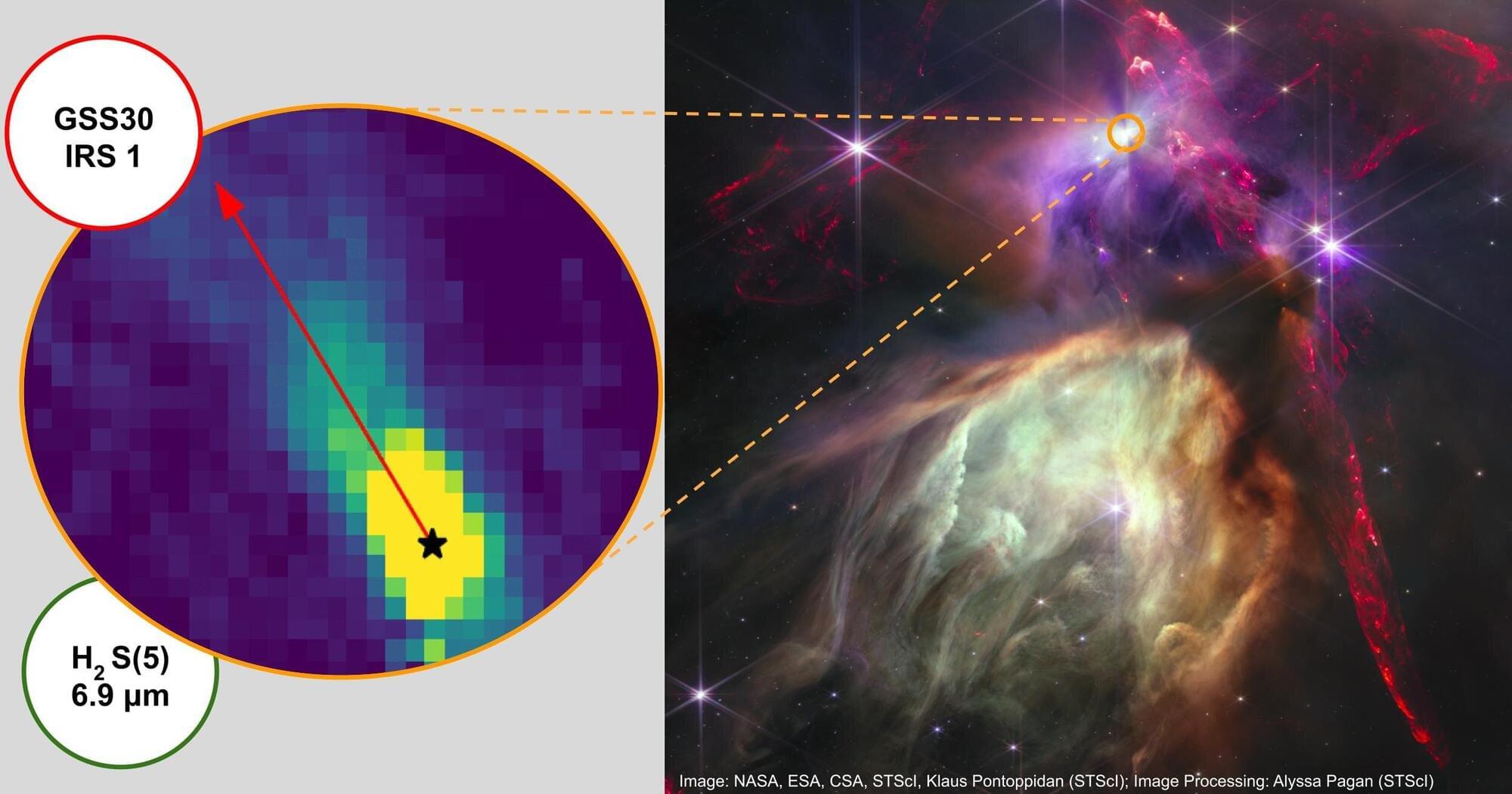
Researchers used the MIRI instrument onboard the James Webb Space Telescope (JWST) to identify the presence of ultraviolet radiation in five young stars in the Ophiuchus region, and to understand its role in the formation of stars. The discovery of UV radiation around these protostars and its significant impact on the surrounding material is a challenge to models describing the formation of stars.
The paper is published in Astronomy & Astrophysics, and the research team included Iason Skretas, a doctoral student at MPIfR, and Dr. Agata Karska (Center for Modern Inter-disciplinary Technologies at Nicolaus Copernicus University in Torun, Poland, and Max Planck Institute of Radio Astronomy (MPIfR), Bonn, Germany).
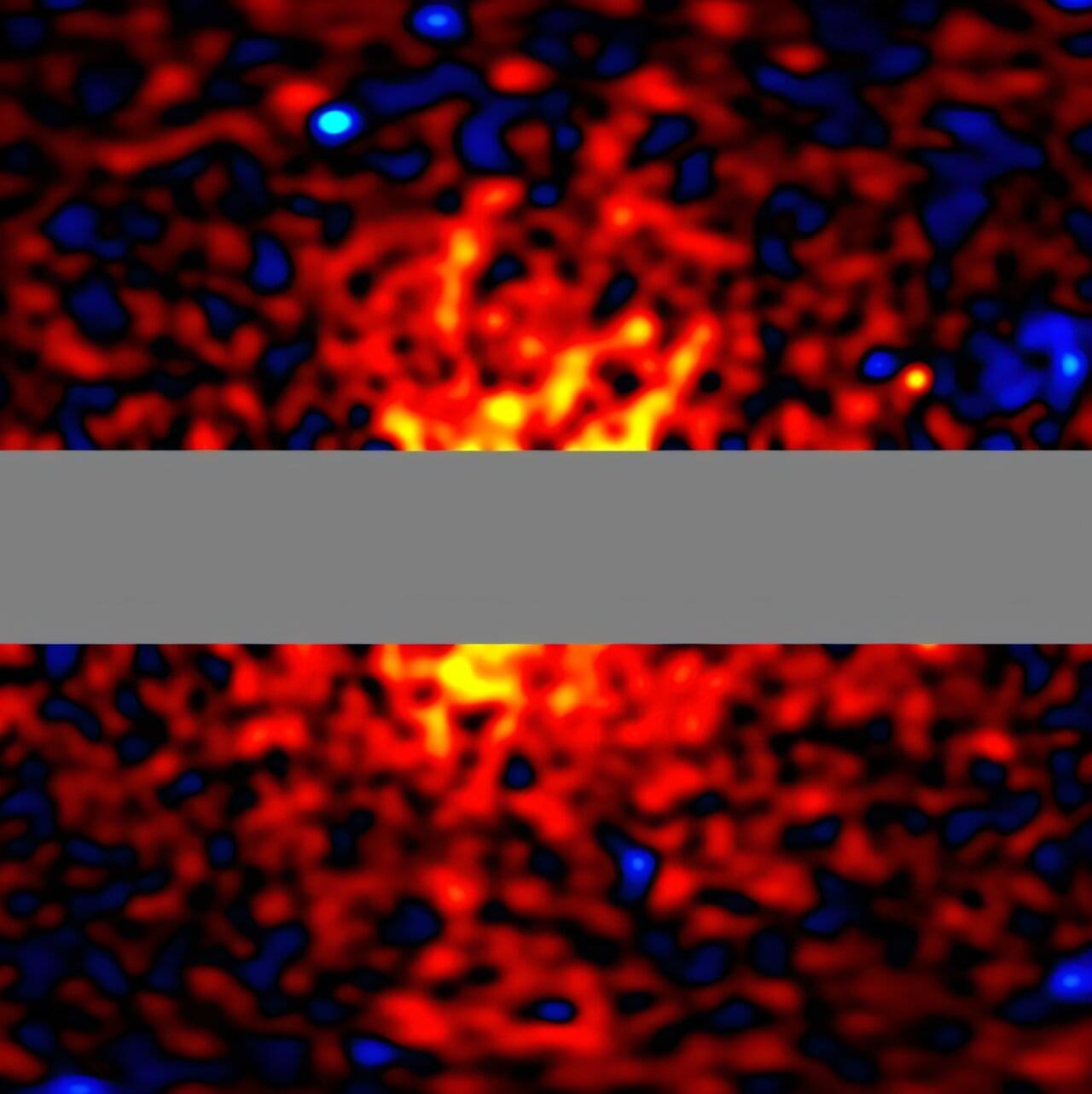
In the early 1930s, Swiss astronomer Fritz Zwicky observed galaxies in space moving faster than their mass should allow, prompting him to infer the presence of some invisible scaffolding—dark matter—holding the galaxies together. Nearly 100 years later, NASA’s Fermi Gamma-ray Space Telescope may have provided direct evidence of dark matter, allowing the invisible matter to be “seen” for the very first time.
Dark matter has remained largely a mystery since it was proposed so many years ago. Up to this point, scientists have only been able to indirectly observe dark matter through its effects on observable matter, such as its ability to generate enough gravitational force to hold galaxies together.
The reason dark matter can’t be observed directly is that the particles that make up dark matter don’t interact with electromagnetic force—meaning dark matter doesn’t absorb, reflect or emit light.
